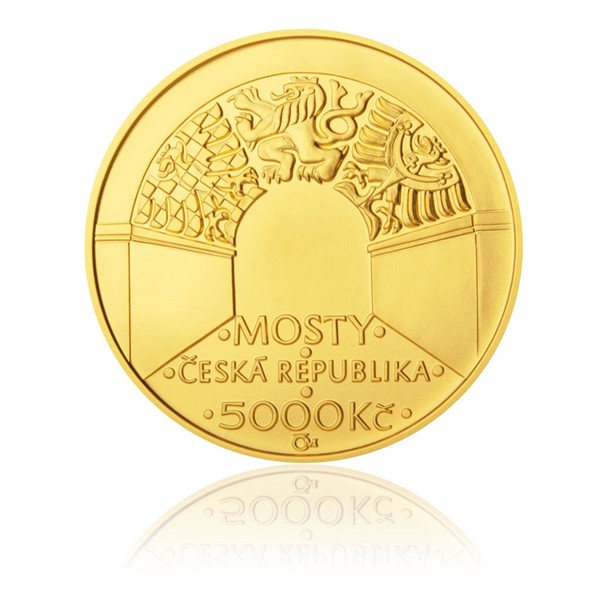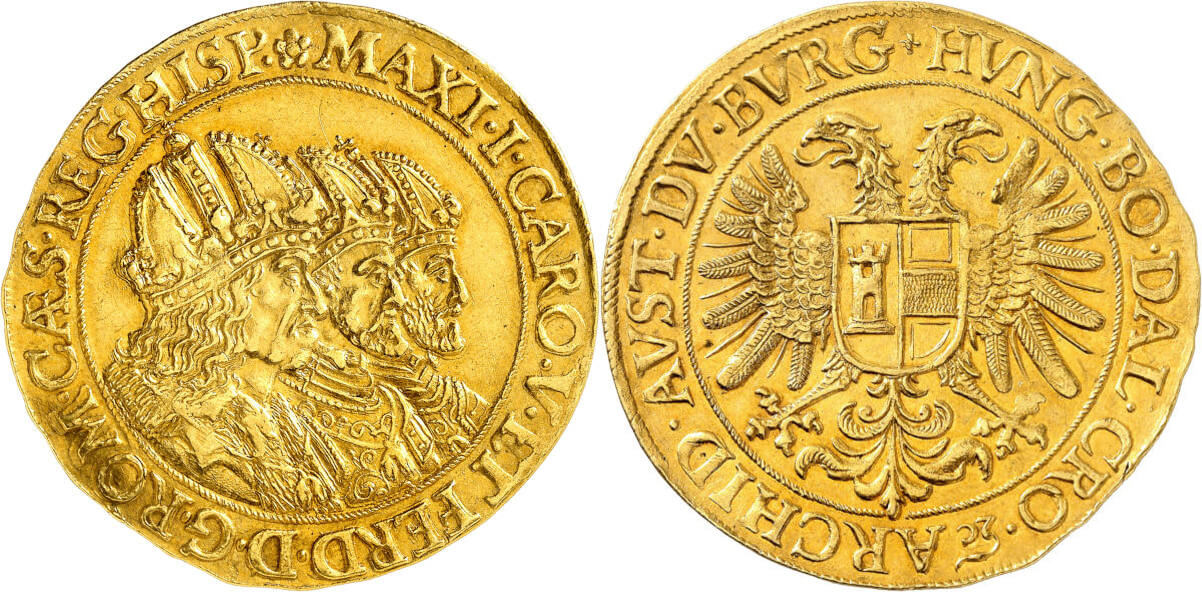New Tips For Numbering Prague Mint Coins
Wiki Article
How Is A Plaster Mold Made To Be Used As An Initial Physical Representation For The Gold Medal Or Coin?
It is important to note that the designer or artist is likely to use the gold medal or coin design to guide. This design may be a simple sketch created by hand, or it may be a digital image made using graphic software. Other materials, such as clay or wax, could be utilized.
Plaster preparation - Plaster is combined with water to make an easily-workable consistency. The mixture must be smooth and free of lumps in order to make sure that the mold is clean.
Base Creation- In order to sculpt the maquette, a base or platform is required to be constructed. This base could be a board of wood or a flat surface which provides stability.
The Maquette is designed using the gold pattern as a reference. The process involves shaping the plaster into relief, or a 3D representation of the coins or medals.
Detailing and Refinement: The artist adds details that refine the contours of the image and ensures accuracy in proportions and design elements. This phase requires focus and precision.
Giving the plaster time to dry out and hardenWhen a sculpture is done, it will require some time to set and set. This allows for the maquette's form to remain and also for hardening.
Smoothing and finishing-After drying the surface of the maquette is smoothed, then refined to remove bumps, imperfections or rough spots.
Preservation and Sealing- To preserve the maquette and prepare it for further processes like scanning or molding, a sealant or protective layer can be sprayed on the surface.
The maquette of plaster is a three-dimensional, tangible representation of the design that is used to create an gold medal or a coin. It is used in a number of stages in the process of production, such as scanning to create digital reproductions or making molds for production on a large scale. Artists may also use it to see and tweak the design. Read the most popular Czechoslovakia gold medals plaster molds more advice. including gold eagle coin, gold bullion bar price, gold buffalo coin, gold and coin dealers near me, medal gold medal, oz gold bars, 1936 olympics jesse owens, gold and silver buyers near me, gold sovereign, 1oz gold price today and more.

How Do You Use Laser Technology Used To Polish The Surface Of A Master Hub Or Die For Gold Medals, Coins Or Coins?
Laser technology used in die production or master hubs can be employed to improve the surface and improve precision. This is how laser technology can be utilized in this process Surface Refinement
After initial machining, the surface of a die, or master hub is then polished using laser technology. It helps to smoothen out imperfections and remove burrs.
Detail Enhancement-
Laser ablation and engraving are used to enhance or add details on the die or master hub. Lasers are able to precisely remove and etch material. This enables the creation of intricate patterns, fine lines, or designs that are difficult to achieve using conventional machine.
Microstructuring-
Laser microstructuring creates microscopic features and textures on the surface die. This technique can impart patterns or textures to improve the appearance or security features of medals or coins.
Surface Hardening or treatment
Laser technology is used to harden or treat the surface of dies or master hubs. This process improves the wear resistance and durability that ensures the longevity of the process of striking.
Precision Alterations
Laser technology allows for precise adjustments and corrections to the die or master hub without impacting the overall geometry. It is possible to alter the surface to correct discrepancies, imperfections and other problems that may impact the quality of the struck medals or coins.
Controlled Material Removing
Laser ablation can be used to remove materials in a controlled way and especially in cases where intricate details are required. It offers a non-contact technique of removal of materials, while preserving the integrity of the surrounding areas.
The use of laser technology to refine the surface and enhancing details of dies or master hubs guarantees a greater quality of precision, greater details and enhanced surface quality. It enhances the traditional machining process that allow for the exact manipulation and improvement of the characteristics of the die's surface essential for the production of top-quality gold coins and medals. Take a look at the top laser processing Prague Mint gold coins site examples. including gold medal swimming, gold quarter, best place to buy gold bars, sacagawea gold dollar, platinum coins, canadian gold maple leaf, 50 dollar gold piece, sell gold coins, medal gold medal, apmex gold coins and more.

Why Should Dies Be Polished Manually To Achieve A Flawless Finish On Gold Awards And Coins?
The hand polishing of dies is necessary for the production gold coins and medals. This is because it helps in the reproduction of the fine details. A smooth surface allows the intricate details of the design to be reproduced more accurately on the die-cast coins and medals.
The polished die will ensure that the medals or coins struck have sharp edges, well-defined details and relief. The finished product will exhibit more aesthetic appeal and attraction.
Polishing reduces friction, wear and tear during the process of strike. Die surfaces that are smooth reduce the risk of irregularities and imperfections on struck coins or medals.
Consistency in Striking - Hand-polished dies offer a consistent striking surface, which ensures uniformity throughout the minting process. For the design to maintain its accuracy as well as its depth and overall quality the consistency is crucial.
Longevity: Clean and well-polished Dies will last longer. They are less likely than non-polished ones to wear out or get damaged during the process of striking. They are longer-lasting and more durable, allowing for larger strikes without sacrificing quality.
Precision and Accuracy Hand polishing enables engravings to refine and fine-tune certain areas of the die. This guarantees that the details are reproduced with accuracy on struck coins or medals. This is crucial to the accuracy of the final product.
Quality Control - Polishing is element of quality control. The inspection of the die when hand polishing is a way to spot and correct any flaws or imperfections prior to the process of striking.
Surface Finish - Polishing is a way to give a particular appearance or surface, which enhances the appearance of coins or medals, or give them distinctive characteristics.
Hand polishing dies of gold medals and coins with care is a crucial step to ensure that the final product will be high quality as well as accurate and pleasing on the eye. It contributes significantly to the appearance of the final product as well as reliability, and longevity. Read the top hand polishing Prague Mint gold coins website info. including 2000 sacagawea dollar, 20 dollar coin, 2000 gold dollar, coin gold price today, american eagle gold coin price, silver and gold buyer near me, 20 dollar gold coin, gold coin 24k price, one ounce gold bullion, gold and silver shops near me and more.

What Quality Checks Are Conducted On Gold Medals And Coins To Make Sure That They Conform To The Requirements??
These checks are carried out to ensure that the medals or coins meet the requirements and also are of a high-quality surface. The quality checks are comprised of many steps.
Inspectors are trained to inspect each medal and coin for imperfections on the surface or flaws. They examine the coin for marks, scratches, or imperfections that may influence its appearance or value.
Dimensions and Weight
By weighing and measuring every medal or coin will ensure that it meets the specified weights and diameters, thicknesses, and overall dimensions according to the design specifications. Any deviations could indicate a quality issue.
Metal Purity and Composition
Quality checks include determining the gold content or purity of the medals or coins using different methods such as chemical or XRF analyses. They must be in compliance with gold quantity and quality standards.
Edge Inspection
Inspectors are looking for irregularities and uniformity along the edges. The edges are an important place to add security features, or for other design elements.
Strike Quality-
To ensure consistency, the strength of the strike is assessed, including the sharpness, clarity and the relief of design elements and the overall appearance.
Correction of errors in Proofing and Minting
The value of special editions and proofs is determined by a thorough exam to detect any imperfections or flaws that could affect the coin.
Packaging and Presentation
The quality checks extend to the presentation and packaging of medals or coins, making sure that they are properly encapsulated and stored in cases or holders without damage or contamination.
Random and Sampling Checks
Random checks or random sampling are conducted on each batch to ensure that high standards of quality are consistently met throughout the entire process of minting.
Documentation and compliance
All quality checks are documented and done to ensure conformity with the guidelines and requirements for certification. These documents are evidence of the authenticity of the coin and its quality.
Rejection of Pieces that aren't Conforming
Medals or coins that do not meet the specifications for quality are rejected or sent for reprocessing to maintain the integrity and quality of the items that were minted.
Through these rigorous quality checks, mints ensure that gold medals or coins are in compliance with the required standards, including quality, authenticity of appearance and value. They provide peace of mind to collectors as well as investors and consumers. Follow the best Prague Mint gold medal quality control site info. including 10oz gold bars, gold coin shops near me, gold quarter dollar, buy gold coins near me, five dollar gold piece, buying silver bars, price of 5 dollar gold coin, double eagles, 2000 gold dollar, 1 4 ounce gold coin and more.
